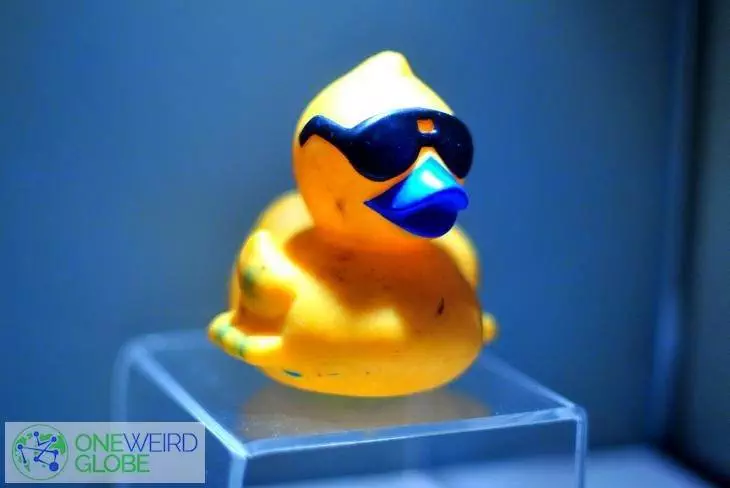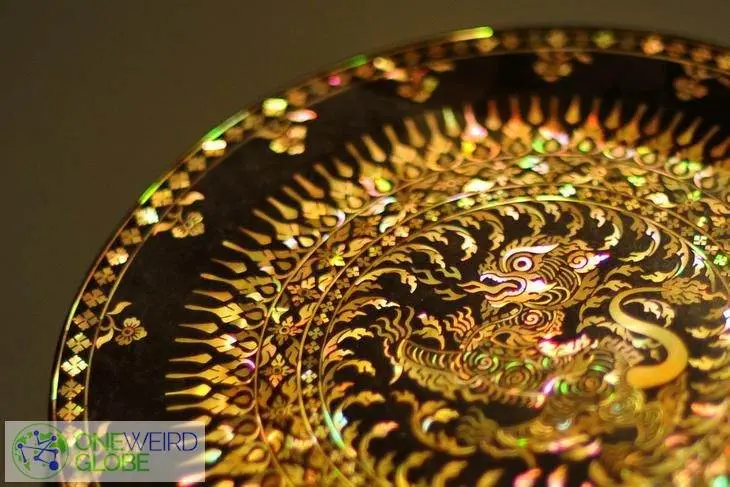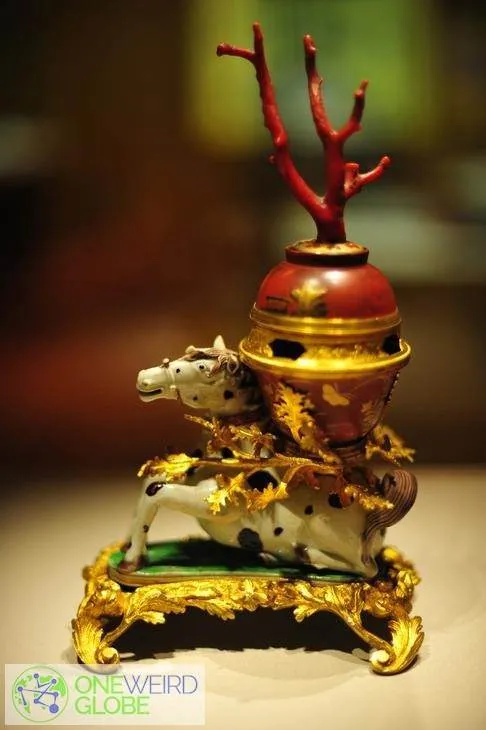
Peer into thousands of years of Asia’s history — including a lucky rubber duckie.
OK, so it’s not as weird as the Haw Par Villa / Ten Courts of Hell you’ve already read about. Instead, it’s a great look at the history of a diverse continent, complete with lots of exhibits you’re unlikely to see elsewhere.
Originally dedicated to “exploring the rich artistic heritage of Asia”, it opened in March 2003 and offers up a pan-Asian view of things. The building itself dates from the mid-to-late 19th century as a courthouse, and was used as government offices until the 1980’s. For the architecture enthusiasts, it’s done in a neo-classical Palladian architectural style.
OK, enough from the tourist brochure — let’s see the rubber duckie!

In case you’re wondering how a rubber duck found its way into a rather prestigious museum, this lucky duckie was the first to cross the finish line out of 120,000 during the Singapore Million Dollar Duck Race in 2002. Now you know.

Getting on to the rest of the exhibits, you’ll discover a number of exhibits on lacquerware and carving — the above, a betel box from 20th century Myanmar, is lacquered bamboo.

I never knew a monk’s alms bowls could be so pretty. The mother-of-pearl inlay makes it shiny.

Kind of an odd face, anyone? The face is called a mukhalingam, and it’s a lingam cover. Go ahead and snicker a little if you know what a lingam is, or Google it if you need to.

From 20th century Malaysia, patterns were carved into skulls by the Kayan Dayak tribe. Heads supposedly contained “a powerful spiritual essence” that made headhunting — and head cutting — necessary for human sacrifices.

An embroidered dragon robe from the Jiaqing period of the Qing dynasty (1796–1820). Complete with nine dragons, it was likely worn by a Qing dynasty prince.

They’re not just show pieces — these Chinese porcelain pieces were made from the 18th-20th centuries for the Thai market. Designs reflected tropical plants and trees, but also drew inspiration from Hindu and Buddhist traditions.

OK, take a good long look at this one — what the heck is this? was my first thought. The answer: an incense burner, made up of a Chinese porcelain horse, two red Japanese bowls, a piece of red coral, and French gilded mounts made of bronze. Today, we’d call it a mash-up — in 17th and 18th century Europe, they were fantasies.

Why, hello there… Her name is Uma Parameshwari, and she’s from 11th century India. She’s also the consort to Lord Shiva, so no flirting with her. Embodying great beauty and wisdom, there were a number of rules that defined her, erm, proportions, and made her a bit more sensual.
The Guru Granth Sahib, or the defining religious book of Sikhism. One part collection of hymns, one part description of god, and one part meditation guide, the book above dates from 19th century Punjab.
So it’s clear, there’s much much much more to this museum. With eight galleries and a seemingly endless number of exhibits, it would be easy to spend the entire day here. Note that while photography is fine, flash photography and tripods aren’t. Even as a technically mainstream site, there’s still plenty to see here that walks on the weird side, making it worth the visit.
Name: Asian Civilisations Museum
Address: 1 Empress Place, Singapore, 179555 (GPS: 1.287535,103.851412)
Directions: From City Hall MRT (EW13/NS25), head south down North Bridge rd. for 350–400 meters, then turn left onto Parliament Place. Walk 100 meters, passing the Parliament House, and turn right before the Victoria Theatre and Concert Hall. Head left around the corner and you’ll see the museum on your right.
Hours: 10am-7pm everyday — open until 10am-9pm
Admission: Free to Singaporeans and permanent residents, S$8 for tourists, S$4 on Friday evenings from 7pm to 9pm.
Phone: +65 6332 7798
Website: http://www.acm.org.sg


